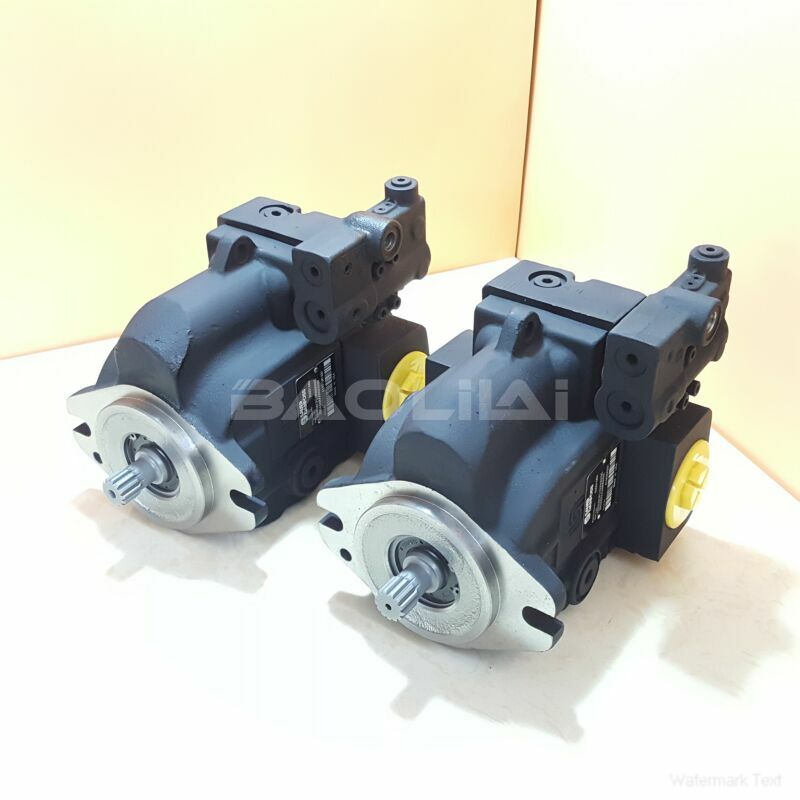LRR025CLS2020NNN3K1AGA6NAAANNNNNN axial piston pump
LRR025CLS2020NNN3K1AGA6NAAANNNNNN axial piston pump

- Product Details
- Applicable Scene
Hydraulic winches and capstans are vital components in various industries, including marine, construction, and mining. They are essential for lifting, pulling, and moving heavy loads. One of the key elements that ensure their smooth operation is the hydraulic pump, and Danfoss is a leading manufacturer in this field. This article explores how Danfoss pumps are integrated into hydraulic winches and capstans, emphasizing their functionality and advantages.
LR-R-025C-LS-20-20-NN-N-3-K1AG-A6N-AAA-NNN-NNN
LRR025CLS2020NNN3K1AGA6NAAANNNNNN
Danfoss pumps are recognized for their reliability and efficiency, which are crucial for hydraulic systems used in winches and capstans. These pumps convert mechanical energy into hydraulic energy, generating the force necessary to perform heavy-duty tasks. By providing a steady and controlled flow of hydraulic fluid, Danfoss pumps enable precise movement and positioning of loads.

7005163
One of the standout features of Danfoss pumps is their ability to handle high pressure and flow rates. This capability allows hydraulic winches to generate significant pulling power, making them suitable for demanding applications. Whether it’s retrieving heavy equipment, anchoring boats, or lifting construction materials, Danfoss pumps ensure that the winches operate effectively and safely.
Moreover, Danfoss pumps are designed with advanced technology that enhances their performance and longevity. For instance, they often incorporate features like variable displacement, which allows operators to adjust the pump’s output based on the specific needs of the task. This flexibility not only improves efficiency but also reduces energy consumption, making operations more cost-effective.
In the context of capstans, Danfoss pumps play a crucial role in steering and controlling the cable’s tension during operations. The pump’s precise flow control enables smooth and gradual adjustments, preventing sudden jerks that could lead to accidents or equipment damage. This level of control is particularly important in scenarios where accuracy is essential, such as mooring vessels or moving heavy loads in tight spaces.





